In the avian world, few birds capture our imagination quite like the crow. With their glossy black plumage and penetrating gaze, these remarkable creatures have long been symbols in mythology and culture—often associated with mystery and intelligence. But beyond folklore, scientific research has revealed that crows possess cognitive abilities that rival those of primates and even young children in some tasks. As bird enthusiasts and casual observers alike marvel at these ebony geniuses, understanding the depth of crow intelligence offers us not just appreciation for their cognitive skills but also raises profound questions about how we view animal consciousness and our responsibility toward these feathered Einsteins. This exploration of crow intelligence will forever change how you observe these common birds in your backyard, park, or urban landscape.
The Extraordinary Problem-Solving Abilities of Crows
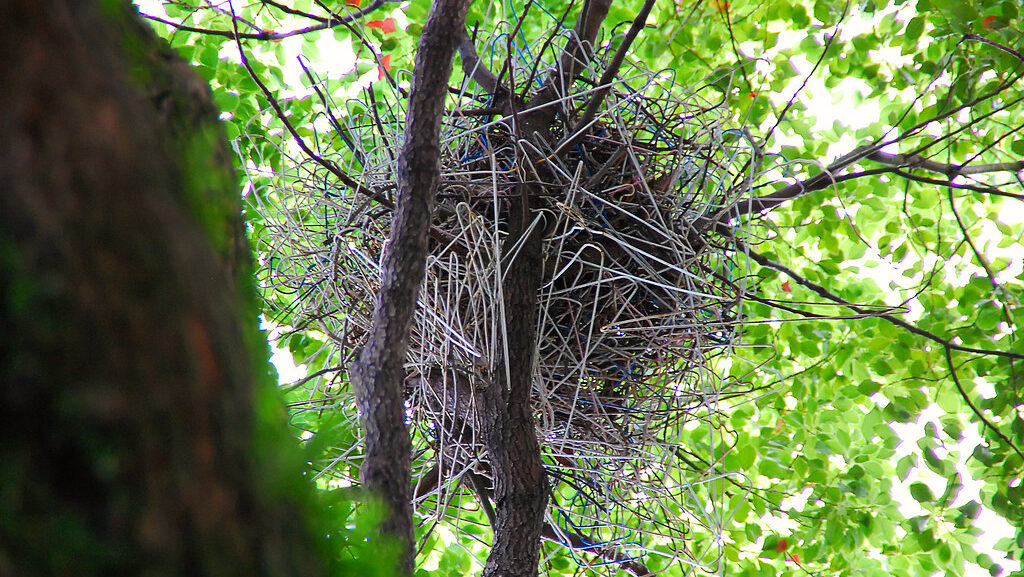
Crows demonstrate problem-solving skills that would impress even the most skeptical observer. In laboratory settings, New Caledonian crows have been observed crafting tools from raw materials to retrieve food from challenging locations—behavior once thought exclusive to humans and a few primates. Researchers at the University of Oxford documented crows bending wire into hooks to fish food out of containers, showing not just tool use but tool creation. Perhaps most impressively, these birds solve novel problems without prior training, suggesting they understand cause and effect relationships rather than simply mimicking learned behaviors. When faced with a floating treat in a partially filled water tube, crows will drop stones into the tube to raise the water level—demonstrating an understanding of displacement that rivals that of seven-year-old children.
Remarkable Memory Capabilities That Defy Expectations
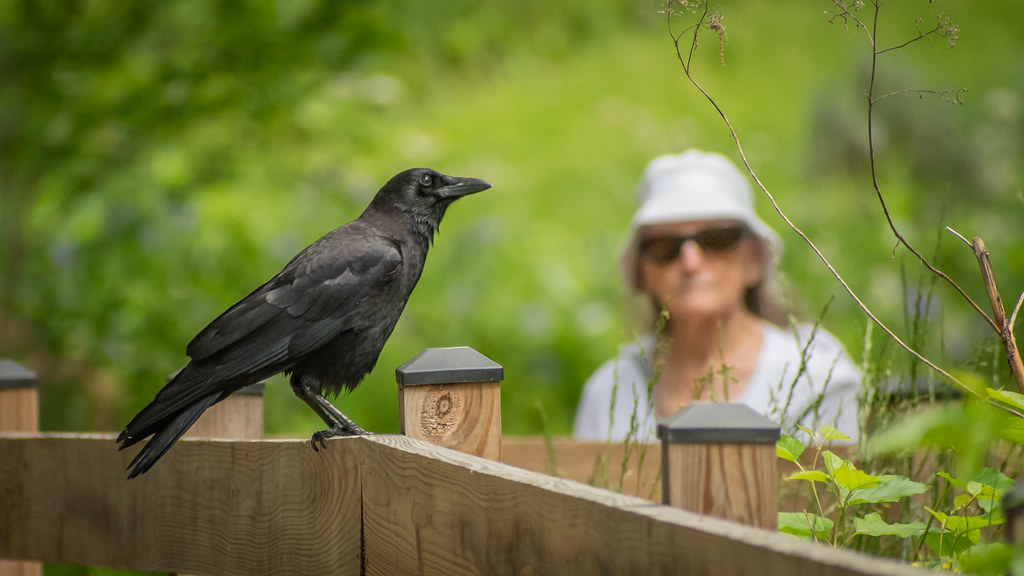
The memory prowess of crows has consistently astonished researchers studying avian cognition. These birds can remember human faces for years—distinguishing between those who have threatened or helped them in the past and passing this knowledge to their offspring and flock members. In one famous University of Washington study, researchers wore masks while capturing and banding crows, then later walked through campus wearing the same masks; the crows recognized and mobbed these specific “threatening” faces while ignoring others, even years after the initial encounter. Crows have also demonstrated the ability to remember the locations of thousands of food caches over extended periods, a feat requiring spatial memory that puts many mammals to shame. Their episodic-like memory—the ability to remember specific experiences, including what, where, and when—suggests cognitive processes once thought unique to humans and a few other mammals.
Social Intelligence and Complex Relationships
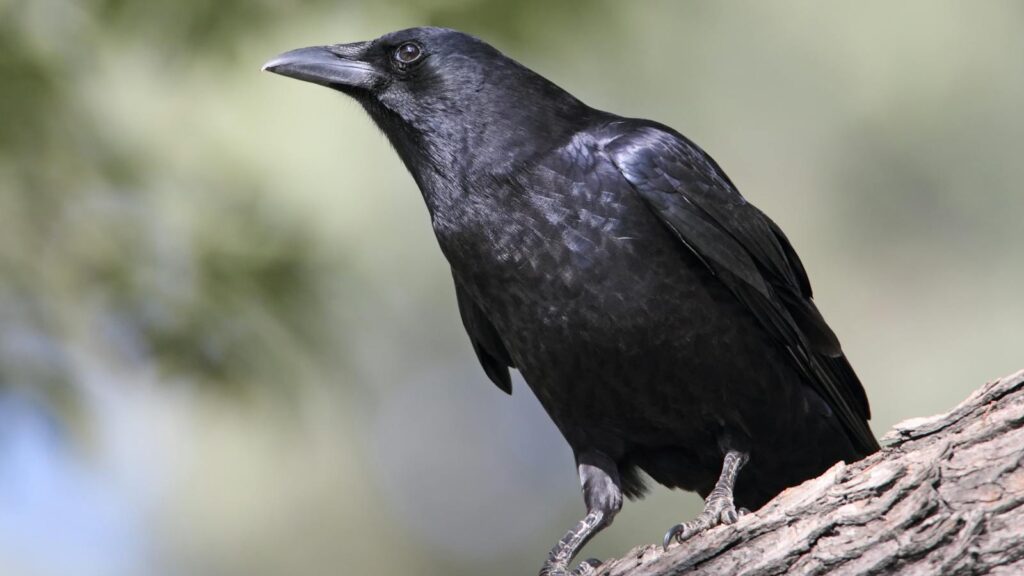
Crow societies exhibit sophisticated social structures that rely on advanced forms of communication and relationship building. Contrary to the loner image portrayed in some media, crows maintain tight family bonds, with offspring often staying with parents for several years to help raise younger siblings in cooperative breeding arrangements. Research has documented their ability to recognize dozens of individual crows by sight and sound, maintaining complex social hierarchies similar to primate troops. Particularly fascinating is their capacity for reconciliation after conflicts—crows that fight will often later engage in friendly contact to repair their social bond, behavior previously thought limited to highly social mammals. Scientists have also observed crows engaging in play behavior, including elaborate games of “catch-and-drop” with objects and sliding down snowy rooftops, suggesting not just social bonding but perhaps even a sense of enjoyment.
The Remarkable Linguistic Abilities of Crows
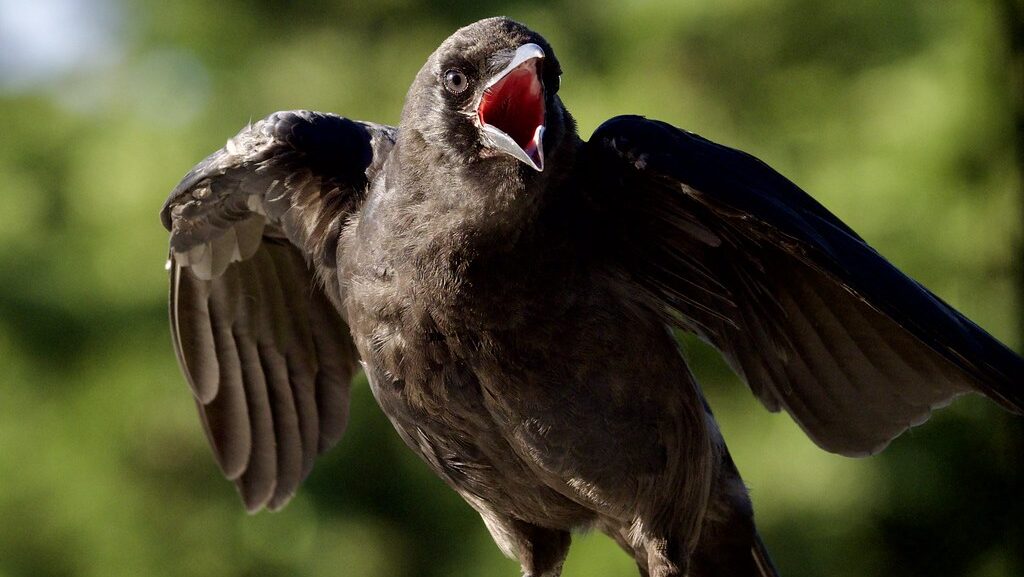
While crows don’t speak human languages, their communication system reveals sophisticated linguistic capabilities. Crows possess a complex vocabulary of calls that can communicate specific information about food sources, potential threats, and even particular predators. Researchers have identified at least 20 distinct vocalizations in American crows, each carrying different meanings that other crows readily understand and respond to appropriately. Beyond vocalizations, crows use body language and demonstrations to convey information—adult crows have been observed teaching their young specific techniques for finding food or avoiding dangers. Most impressively, studies suggest that different crow populations develop regional “dialects” that evolve over time, similar to how human languages develop distinct regional characteristics, indicating cultural transmission of communication patterns rather than purely genetic determination.
Self-Awareness and Mirror Recognition Tests
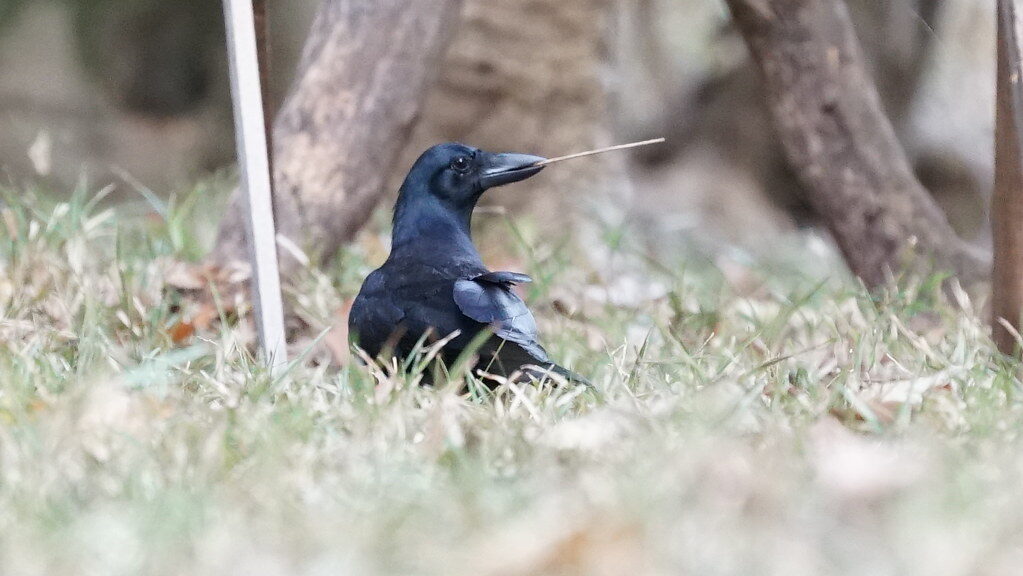
The question of self-awareness in animals has fascinated scientists for decades, and crows have provided surprising insights in this domain. While the classic mirror self-recognition test (where animals recognize their reflection as themselves rather than another animal) has produced mixed results with crows, more nuanced experiments reveal forms of self-awareness. New Caledonian crows have demonstrated the ability to use mirrors to locate objects they couldn’t otherwise see, suggesting understanding of how reflections relate to reality. In a groundbreaking study at the University of Tübingen, researchers found that crows could recognize when their actions caused changes in their environment, indicating a basic understanding of self-agency. Perhaps most compelling, crows show metacognition—awareness of their own knowledge limitations—by avoiding tasks they’re uncertain about and seeking more information when needed, a sophisticated cognitive trait once thought unique to humans and a few apes.
The Crow Brain: Small Package, Powerful Processor
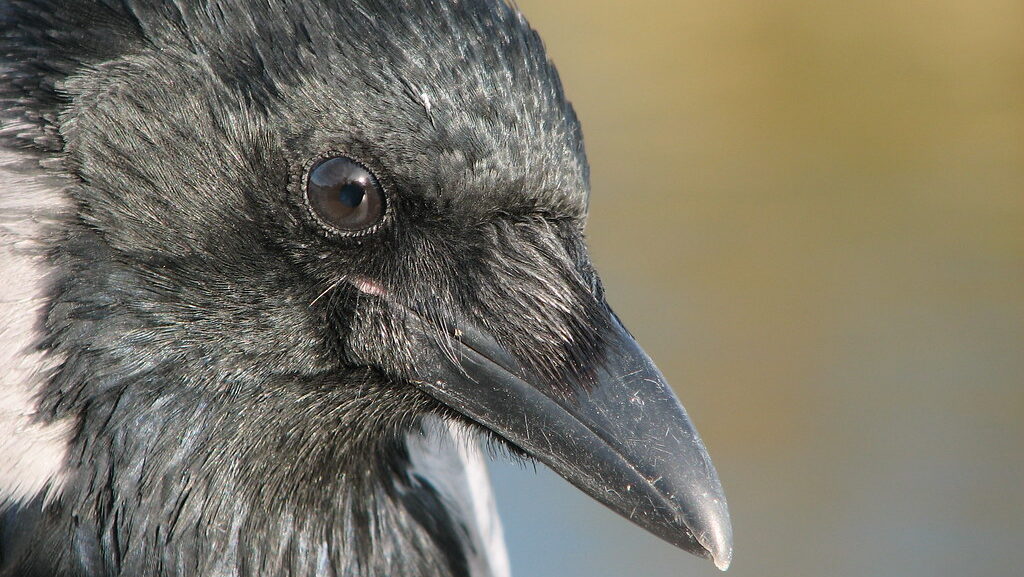
Anatomically, the crow brain offers fascinating insights into how intelligence can evolve along different evolutionary paths. Despite having brains much smaller than primates in absolute terms, crows possess remarkably dense neural connections, particularly in the nidopallium caudolaterale—a region functionally analogous to the human prefrontal cortex that governs executive functions. Neuroscientists at Vanderbilt University discovered that crows pack more neurons per square inch in their forebrains than many mammals, with neural densities rivaling those found in macaques despite drastically smaller overall brain volume. Research using functional neuroimaging has revealed that when solving problems, crows activate brain regions in patterns surprisingly similar to humans tackling the same challenges. Perhaps most remarkable is the crow brain’s efficiency—achieving complex cognition while meeting the severe weight constraints necessary for flight, demonstrating that raw brain size matters less than neural organization and connectivity.
Cultural Learning and Tradition Among Corvids
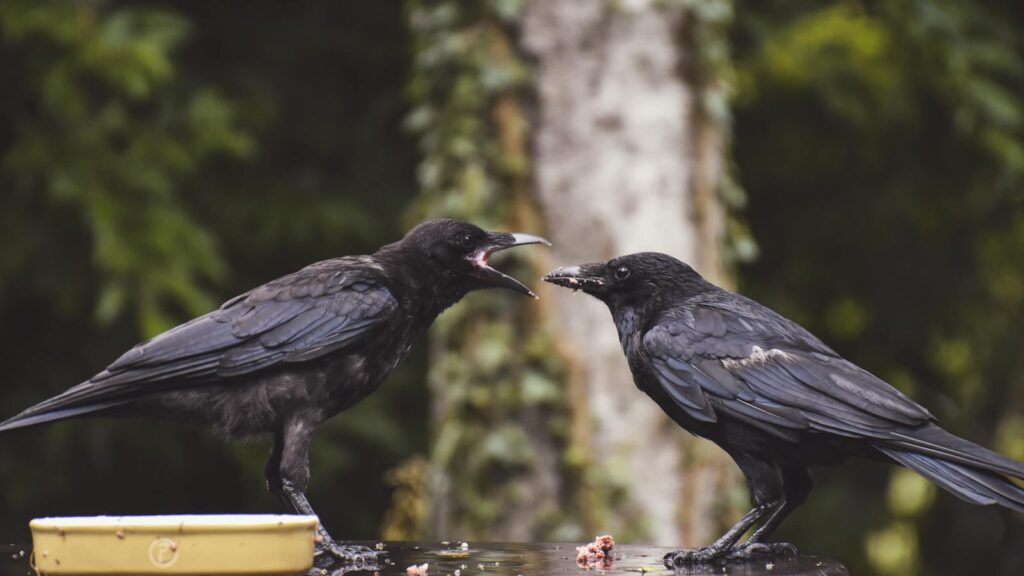
Among the most human-like aspects of crow intelligence is their capacity for cultural transmission of knowledge across generations. Young crows learn not just through instinct but through observation and direct teaching from parents and flock members, creating distinct traditions that can vary between crow populations. In Japan, carrion crows have developed the tradition of placing walnuts in road intersections so cars will crack them open, then waiting for traffic lights to change before safely retrieving the nuts—a behavior that has spread culturally rather than emerging independently in multiple locations. Researchers studying Hawaiian crows discovered unique tool-using techniques that differ between family groups and persist across generations, creating the avian equivalent of distinct cultural practices. Perhaps most fascinating is the evidence that crows can learn from their peers’ mistakes; witnessing another crow’s negative experience with a particular human or situation is enough for them to adopt cautious behavior themselves, representing a sophisticated form of social learning that reduces the need for dangerous trial-and-error.
Emotional Intelligence and Empathy in Crows
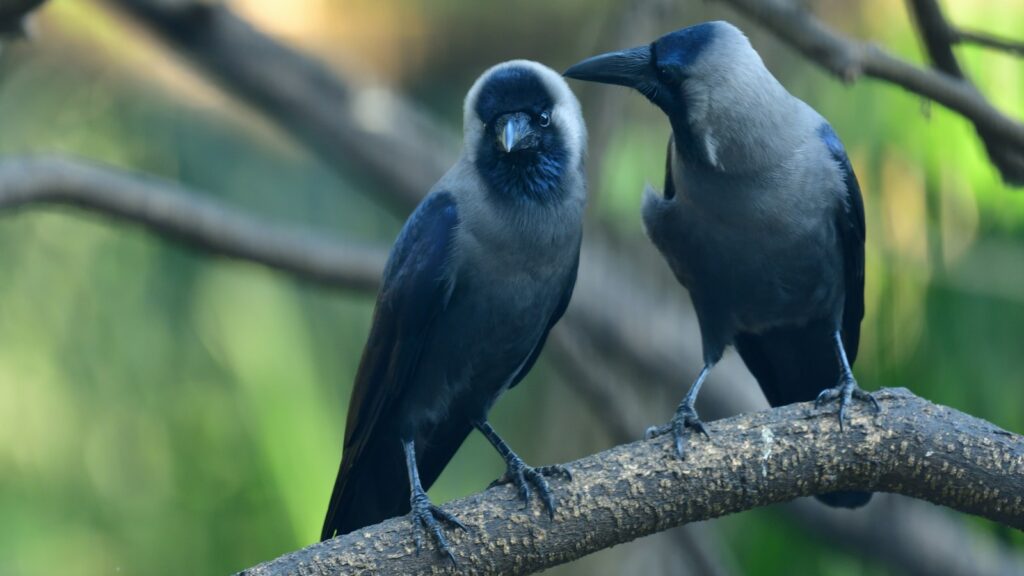
Far from being simply calculating problem-solvers, crows display behaviors suggesting emotional complexity that challenges our understanding of avian psychology. Crows hold “funerals” where they gather around their dead, a behavior researchers believe may help them learn about potential dangers while also suggesting emotional processing of loss. Bernd Heinrich, a renowned biologist, documented cases of apparent grief in ravens (close relatives of crows) who formed strong pair bonds and showed visible distress behaviors when separated from their partners. In captivity, crows have been observed creating and giving gifts to humans who regularly feed them—bringing shiny objects, food, or other items apparently as a form of reciprocity or social bonding. These behaviors hint at emotional lives much richer than traditionally attributed to birds, with the capacity for attachment, loss, and even rudimentary forms of empathy that complicate the conventional boundaries between human and animal experience.
Crows in Urban Environments: Adaptation and Innovation
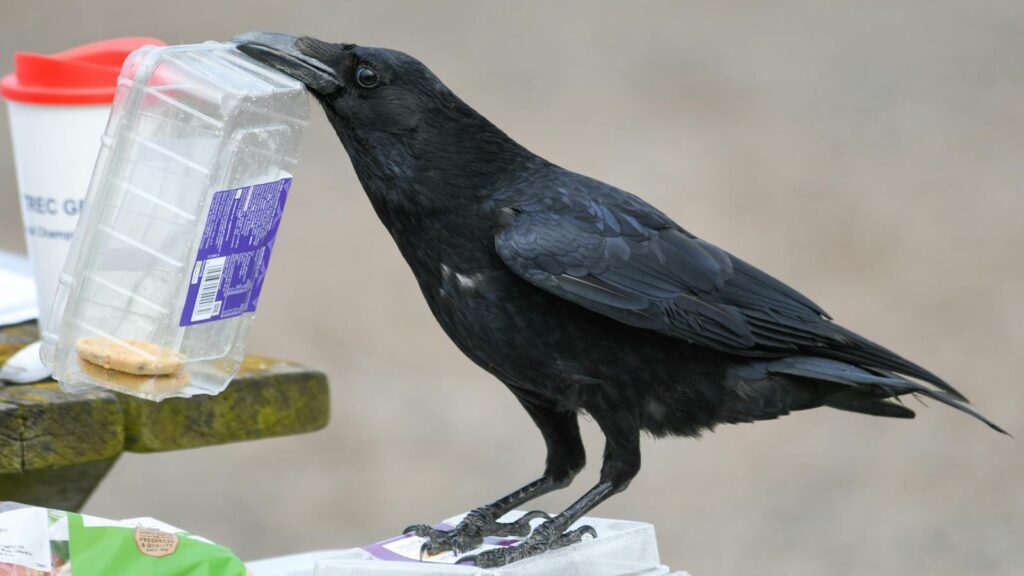
Urban environments have served as remarkable showcases for crow intelligence, as these adaptable birds thrive in human-dominated landscapes through innovative problem-solving. In Tokyo, carrion crows have learned to use traffic as a tool by placing hard nuts on crosswalks, waiting for cars to crack them, and then retrieving the exposed nutmeat during red lights. American crows in urban areas have been documented learning to open food packaging, manipulate trash can lids, and even operate vending machines by inserting found coins. Researchers at the University of Washington found that urban crows adapt their nesting schedules to human activity patterns, building nests during quieter weekend mornings rather than busy weekdays. Perhaps most impressively, urban crows show remarkable dietary flexibility, readily adopting new food sources as they become available and even learning to follow specific human routines, such as appearing at school playgrounds during lunch breaks or tracking garbage collection schedules to maximize foraging opportunities.
Comparative Intelligence: How Crows Stack Up Against Other Animals
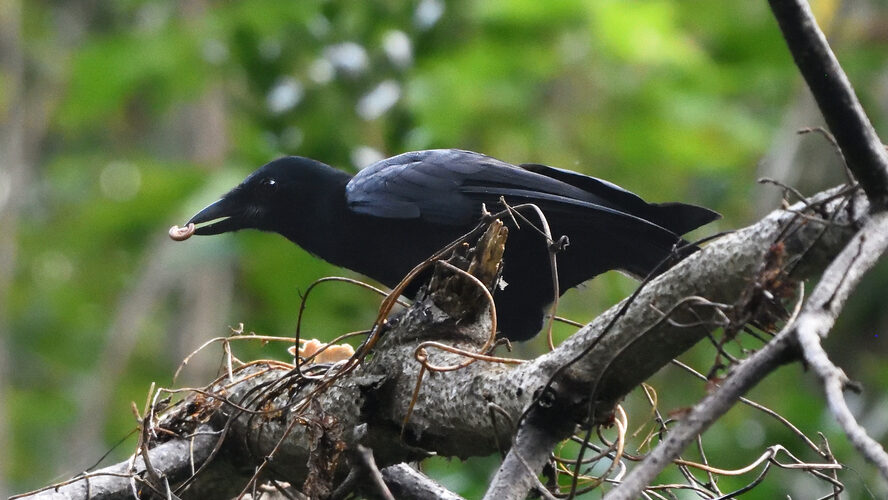
When compared to other cognitively advanced animals, crows consistently demonstrate capabilities that place them among the most intelligent non-human species on Earth. In tool use complexity, New Caledonian crows outperform most primates except great apes, fashioning hooks and serrated edges from raw materials with precision that rivals human crafting without tools. Their performance on causal reasoning tests—understanding how objects interact—exceeds that of dogs and matches chimpanzees on some measures, despite having evolved along entirely separate evolutionary paths. Perhaps most impressive is how crows perform on the Aesop’s Fable test (raising water levels by dropping stones) on their first attempt, something that takes substantial training for most primates to master. When researchers at the University of Cambridge directly compared crows to seven-year-old children on logical reasoning puzzles, the birds matched the children’s success rates on most tasks, completing them through different cognitive approaches but achieving similar results, highlighting remarkable cognitive convergence despite vastly different brain structures.
The Evolutionary Origins of Crow Intelligence
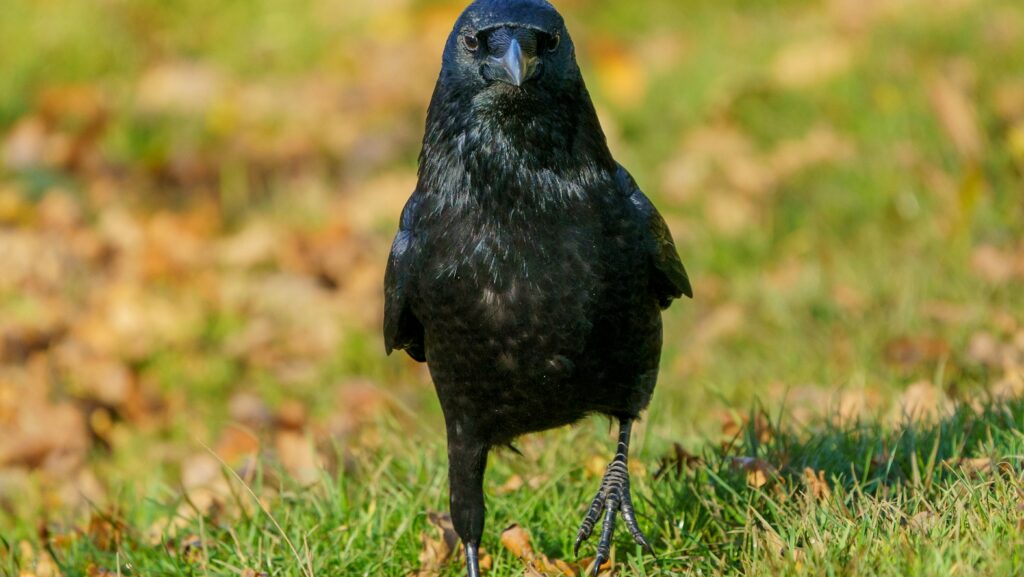
The evolution of such sophisticated cognition in crows offers fascinating insights into how intelligence can emerge through different evolutionary pathways. Corvids (the family including crows, ravens, and jays) diverged from the primate lineage over 300 million years ago, meaning their intelligence evolved completely independently from mammalian cognition—a perfect example of convergent evolution. Researchers believe that several selective pressures drove corvid intelligence, including social complexity within their communities, environmental variability requiring behavioral flexibility, and the challenges of exploiting difficult food resources. Unlike primates who evolved in relatively stable tropical environments, corvids adapted to harsh, changing environments where cognitive flexibility offered significant survival advantages. The last common ancestor of birds and mammals lived during the early reptilian era, meaning that advanced intelligence has evolved at least twice independently on Earth—in primates and corvids—suggesting that certain ecological and social conditions reliably produce cognitive complexity regardless of ancestry or brain structure, a profound insight for understanding the evolution of intelligence throughout the universe.
What Crow Intelligence Means for Bird Enthusiasts
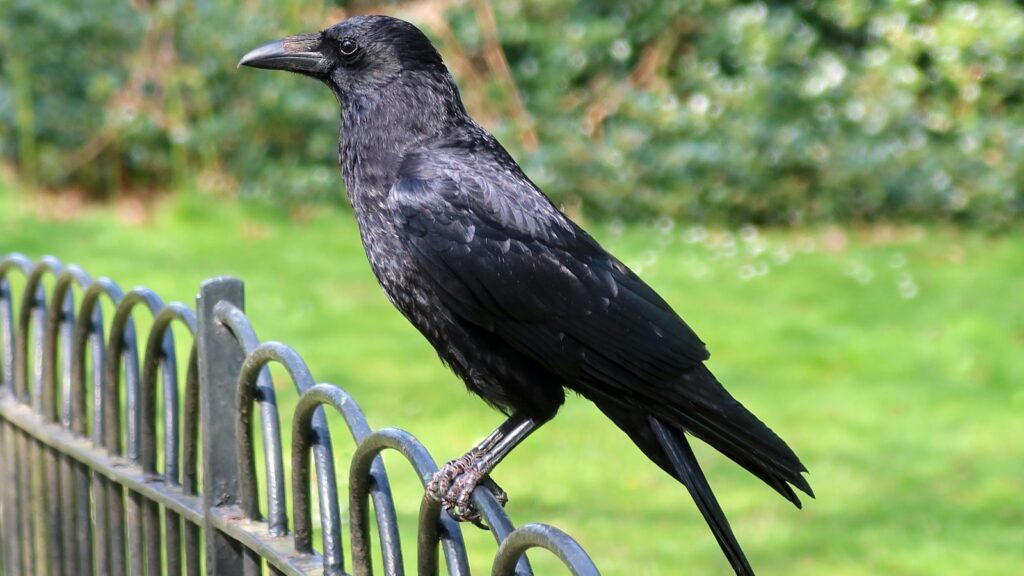
For bird lovers, recognizing crow intelligence transforms how we can interact with and appreciate these common birds in our daily lives. Crows can recognize and remember individual humans who treat them well, potentially forming long-term relationships with people who consistently provide food or positive interactions—some bird enthusiasts report crows bringing “gifts” like shiny objects after establishing feeding routines. This cognitive awareness means that negative interactions may similarly be remembered, so bird watchers should avoid behaviors that crows might perceive as threatening. Backyard birders can provide enrichment opportunities through puzzle feeders that challenge crow problem-solving abilities, offering not just nourishment but mental stimulation for these intelligent birds. Perhaps most meaningful for bird enthusiasts is the opportunity to observe learning in action—patient observers may witness parent crows teaching young, tool use innovations, or complex social interactions that reveal cognitive processes previously thought limited to primates, transforming a common backyard sighting into a window into advanced animal cognition.
Ethical Implications: How Should We Treat Highly Intelligent Birds?
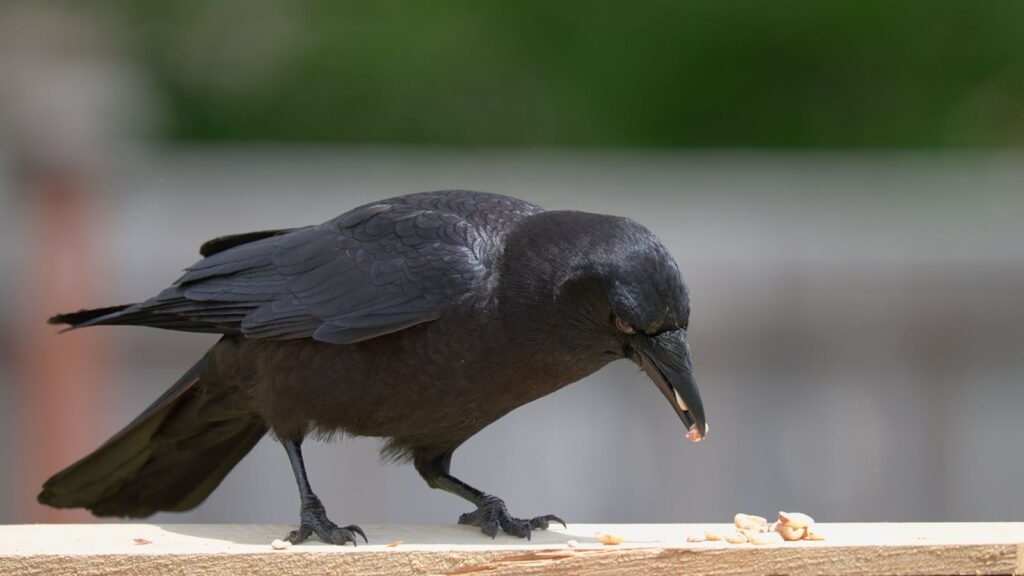
The extraordinary intelligence of crows raises profound ethical questions about our treatment of these and other cognitively sophisticated birds. Traditional animal welfare frameworks have often prioritized mammals over birds based partly on assumed cognitive differences—assumptions now thoroughly challenged by research into crow intelligence. Some ethicists and animal welfare advocates argue that cognitive abilities like those demonstrated by crows should entitle them to greater moral consideration, including stronger legal protections against harmful practices like unregulated hunting or pest control measures. In scientific settings, researchers working with crows now commonly employ enrichment protocols similar to those used with primates, recognizing that these birds require cognitive stimulation and social interaction for psychological wellbeing. Perhaps most challenging is reconciling our new understanding of crow cognition with existing practices—from hunting to agricultural bird control methods—that may inflict suffering on beings capable of complex thought, emotional responses, and awareness of their own experiences, prompting necessary but difficult conversations about the ethical boundaries of human-wildlife relationships in light of evolving scientific understanding.
Conservation Implications of Corvid Cognition
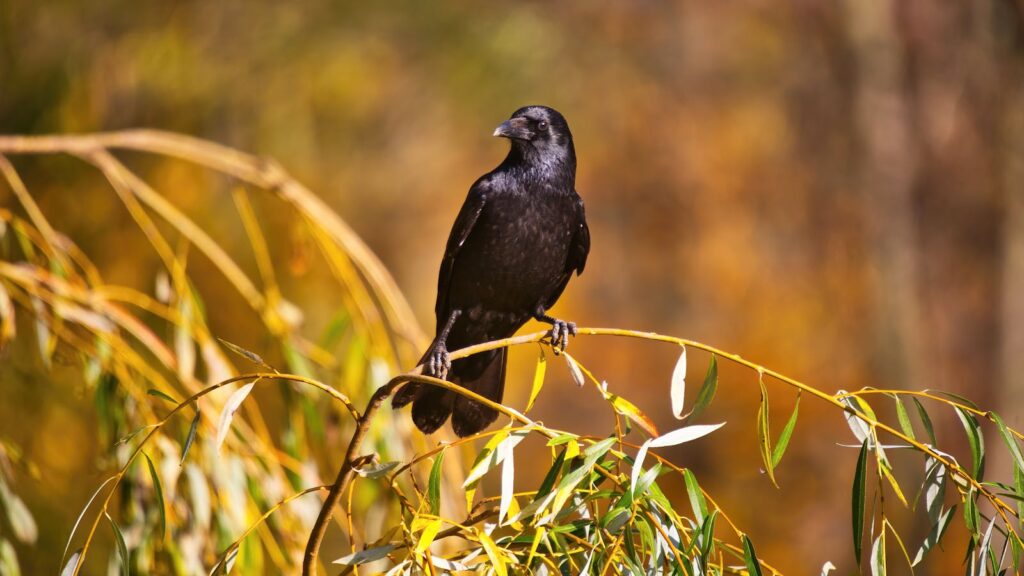
Understanding crow intelligence has significant implications for conservation efforts affecting these birds and their ecosystems. The cognitive flexibility of crows has allowed many species to adapt to human-altered landscapes, but this adaptation sometimes masks population declines in less resilient corvid species facing habitat degradation. Conservation biologists now recognize that the social learning abilities of crows mean that reintroduction programs must consider how to preserve cultural knowledge—such as migration routes or specialized foraging techniques—that would typically be passed down through generations but may be lost when populations decline dramatically. In Hawaii, conservation efforts for the critically endangered ‘Alalā (Hawaiian crow) now incorporate opportunities for captive-bred birds to learn essential skills from experienced individuals before release, recognizing that survival depends not just on genetic preservation but on maintaining cultural knowledge. Perhaps most promising, the problem-solving abilities of crows suggest they might adapt to climate change impacts more successfully than many species, potentially serving as resilient components of ecosystems undergoing rapid transformation, though this adaptability should not diminish conservation urgency for threatened corvid species.
Conclusion
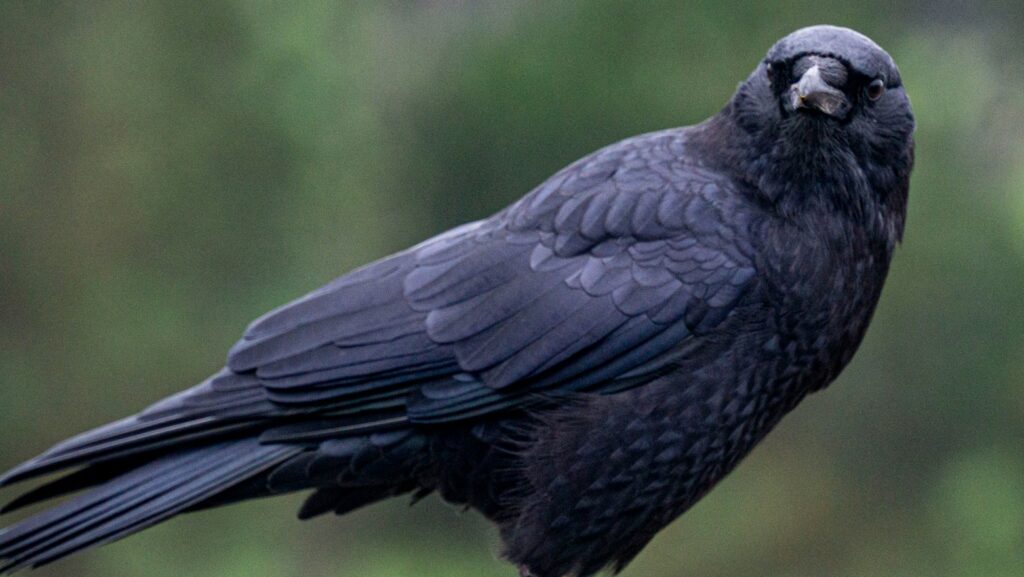
The remarkable intelligence of crows challenges our understanding of animal cognition and invites us to reconsider our relationship with these common birds. From sophisticated problem-solving and tool creation to social complexity, emotional intelligence, and cultural transmission of knowledge, crows demonstrate cognitive abilities that parallel those of primates despite evolving along entirely separate evolutionary paths. For bird enthusiasts, this understanding transforms every crow encounter into an opportunity to observe one of nature’s intellectual marvels. More profoundly, recognizing crow intelligence raises important ethical questions about our responsibilities toward cognitively complex beings and challenges the traditional boundaries we’ve drawn between human and animal minds. As we continue to unravel the mysteries of crow cognition, we may discover that these ebony birds have even more to teach us—not just about avian intelligence, but about the very nature of consciousness itself.
